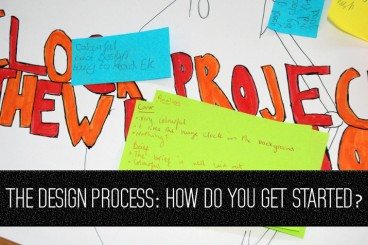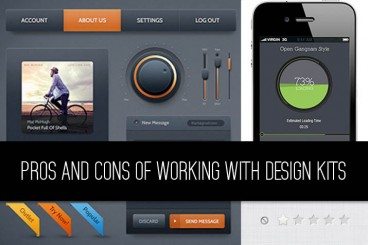
Articles / 30 Dec 2013
Why Does User Experience Matter?
User experience – notably poor user experience – has been a hot topic in recent months with the much-publicized launch of HealthCare.gov and its subsequent issues. User experience is a part of the design process that you don’t hear about unless something goes wrong. But it is something that should be an integral part of the design process, from early concepts to the final product.
So with this renewed – and very public – discussion about user experience, why does it matter to designers?










